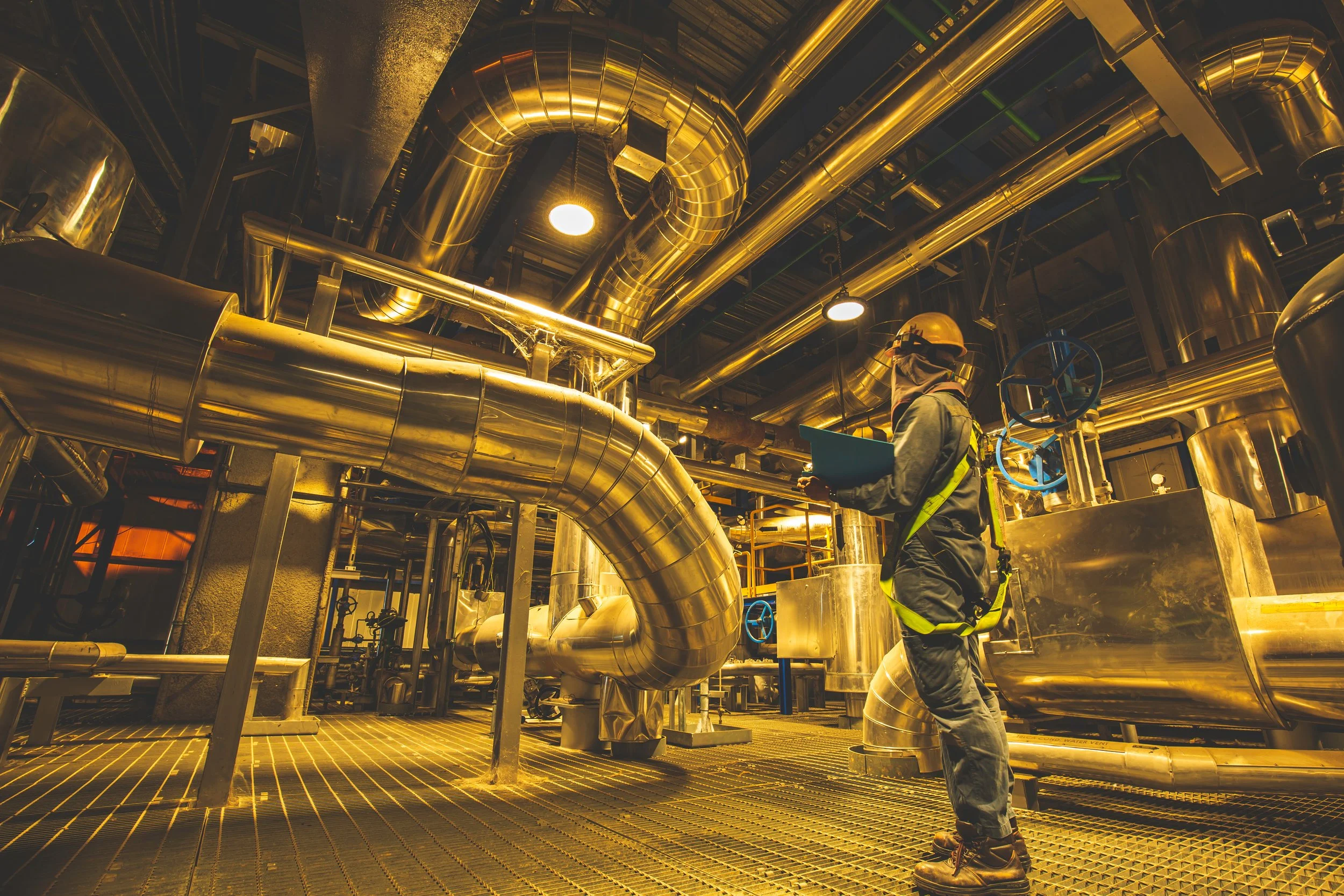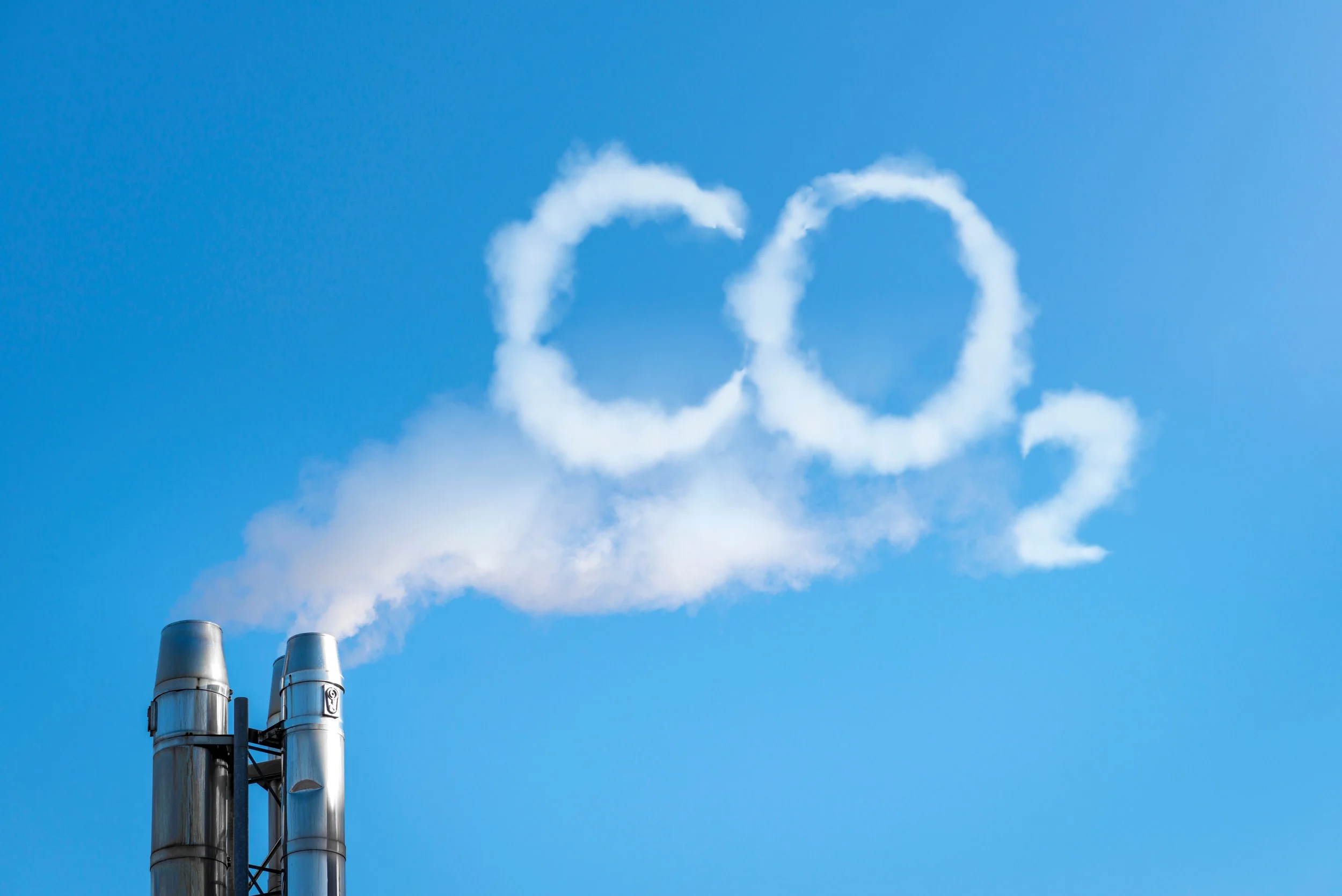Emit. Control. Convert!
Zephyro is searching for the ultimate solution in CO₂ conversion.
Our mission
We believe that a true solution to the climate crisis is to find a way to manage gaseous emissions without changing our society’s lifestyle. Through new technologies, humankind will find a way to convert greenhouse gasses into economically valuable and environmentally benign materials. Zephyro aims to identify promising technologies that can be scientifically vetted and developed for applied use to overcome today’s emission issues.
Emit.
It is impossible to slow (let alone stop) emissions in the progressive world we live in today. This trend will not change and is only likely to grow in the future. We must stop lying to ourselves, our friends, and our children. The solution is not to stop using fossil fuels but rather how to fix the way gaseous emissions are handled.
Control.
Perhaps the most crucial step in tomorrow's emission society. By placing control over the world's emissions, we will cease unbridled air pollution and develop the capability to use these chemicals in an environmentally positive way.
Convert!
The final stage in creating a responsible emissions reality. By converting captured greenhouse emissions into economically valuable materials, our future society will be able to transform today's air pollution into tomorrow's wealth. By closing the exhaust emission cycle, humankind will cease worsening climate change and add tremendous economic value.

Climate change is one of the biggest threats to the future of humanity.
Our company began with the realization that the proliferating use of fossil fuels and their inherent carbon emissions will not slow down but instead continue to increase. Unfortunately, efforts to challenge fossil fuel use and emissions appear insurmountable. In contrast, humanity should embrace this inevitability and identify a method to capture and convert emissions into economically valuable resources. In achieving this goal, Zephyro will usher in a future with reduced pollution and increased value.
“If humanity wishes to preserve a planet similar to that on which civilisation developed and to which life on Earth is adapted, paleoclimate evidence and ongoing climate change suggest that CO2‚ will need to be reduced from its current 385 ppm [parts per million] to at most 350 ppm… If the present overshoot of this target CO2‚ is not brief, there is a possibility of seeding irreversible catastrophic effects.”
– James Hansen, The Earth Institute at Columbia University
Green House Gasses Today
By converting captured greenhouse emissions into economically valuable materials, our future society will be able to transform today’s air pollution into tomorrow’s wealth. What are today’s biggest offenders?
29%
Transportation
25%
Electricity generation
23%
Industry
** of total estimated greenhouse gas emissions.
Transportation
According to a study performed by the EPA (Inventory of U.S. Greenhouse Gas Emissions and Sinks), transportation accounts for an estimated 29% of greenhouse gas emissions, with only half originating from passenger cars, medium- and heavy-duty trucks, and light-duty trucks, including sport utility vehicles, pickup trucks, and minivans. The remaining emissions within the transportation sector (approximately 14% of total greenhouse emissions) come from other types of transportation, including commercial aircraft, ships, boats, trains, pipelines, and lubricants.
Electricity generation
Electricity generation accounts for 25% of the total estimated greenhouse gas emissions. Coal-powered electricity generation represents only 24% of electricity generated within the U.S., yet it accounts for 61% of greenhouse gas emissions within this sector. As electricity generation continues to move towards less polluting processes and renewable energy technologies, the energy sector is expected to continue the trend of emitting less greenhouse
gasses into the future.
Industry
Making up 23% of total estimated greenhouse gas emissions, the industry sector emits both directly and indirectly. Direct emissions originate from the burning of fossil fuels for heat generation, chemical reactions (from metal processing and cement manufacturing), and from leaks in natural gas and petroleum systems. Indirect emissions occur from on-site electricity generation used for powering machinery and equipment.
Latest articles from our blog
What to Google
The current response to carbon emissions focuses on Carbon Capture and Storage (CCS) but is shifting to CCU
Carbon Capture technologies are pretty good already—the development of utilization technologies is in progress
Want to learn more?
Carbon capture technologies are maturing, but what about conversion and utilization? Here are some ideas to get you started on your search for the answers.










